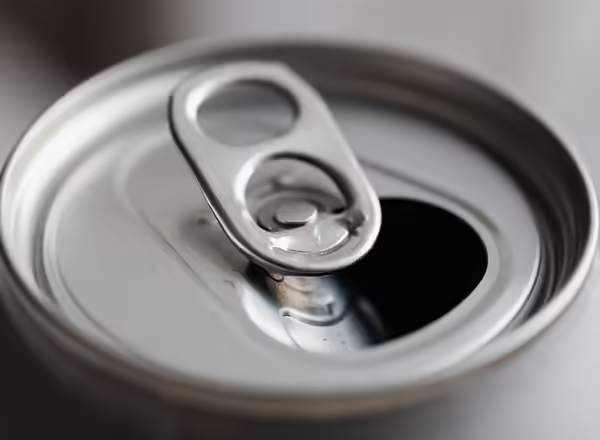
Sweets and Diabetes
Working Sweets into your Meal Plan
Working sweets into your meal plan may at first seem difficult if you use carbohydrate counting because of the large amount of carbohydrates that sweet foods contain. For instance, if your doctor advises you to eat about 90 grams of carbohydrate at each meal, you would not want to replace half of those 90 with three servings of nutrient-dense foods that contain carbohydrate like whole wheat bread, milk, or fruit with a piece of cake that contains 45 grams of total carbohydrate.
Consistently “using” your daily recommended carbohydrate on sweets instead of nutrient-dense food may not affect your blood glucose levels, but it may cause nutrient deficiencies. Fortunately, there is a way to have your nutrient-dense foods and eat your cake, too.
If you are not using carbohydrate counting, but use a different meal plan, remember that sweets are not everyday foods. Choose sweets only on special occasions.
Second, lower the calories in your cake or other dessert as much as possible by making or buying products sweetened with artificial sweeteners. This way you can eat sweets that do not have as many carbohydrates or as many calories as those products made with sugar.
Third, eat a smaller serving size. By eating a small piece of cake with only 15 grams of carbohydrate per serving (instead of 45 grams of carbohydrate per serving) you will still have 30 grams of your meal carbohydrate allowance left to “spend” on nutrient dense foods.

It was once thought that people with diabetes needed to avoid all sugars and sweets. Like everyone else, those with diabetes should avoid added sugars. These can be found on the Nutrition Facts label. Also like everyone else, those with diabetes should avoid drinking sugar-sweetened beverages. Examples of those to avoid are:
- Fruit punch or fruit drinks
- Energy or sports drinks
- Regular soda
- Sweet tea
There is usually no benefit to buying “diabetic” jellies, jams or cookies and desserts. These all have calories and carbohydrates and are not “free” foods.